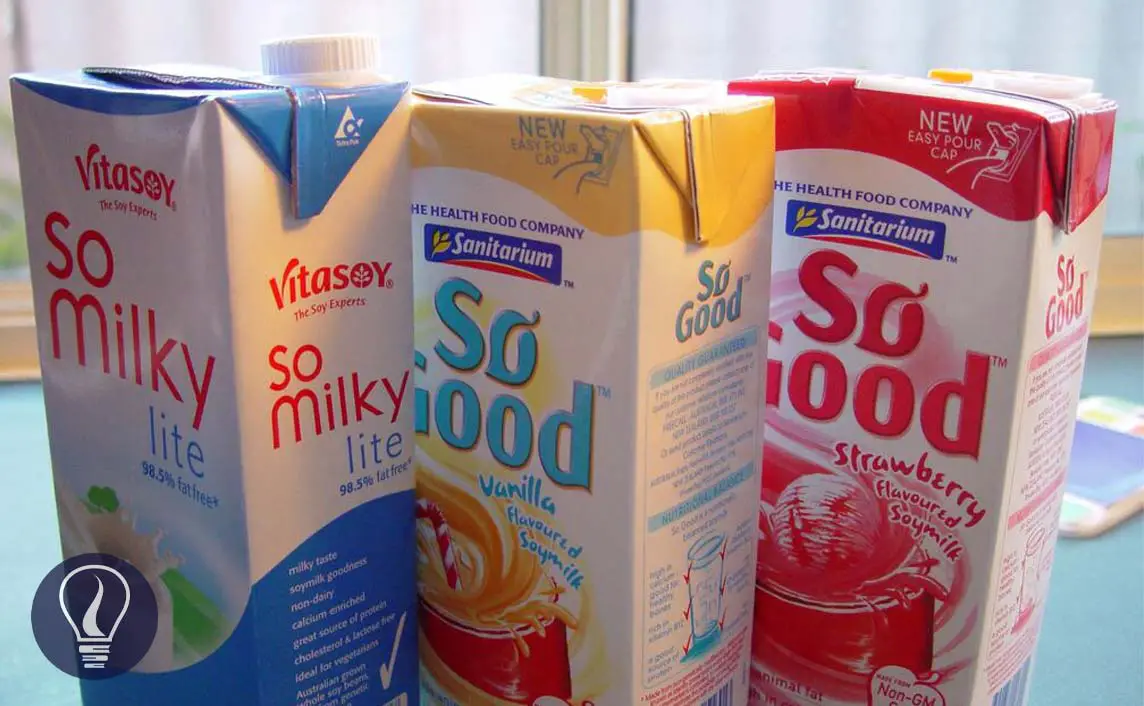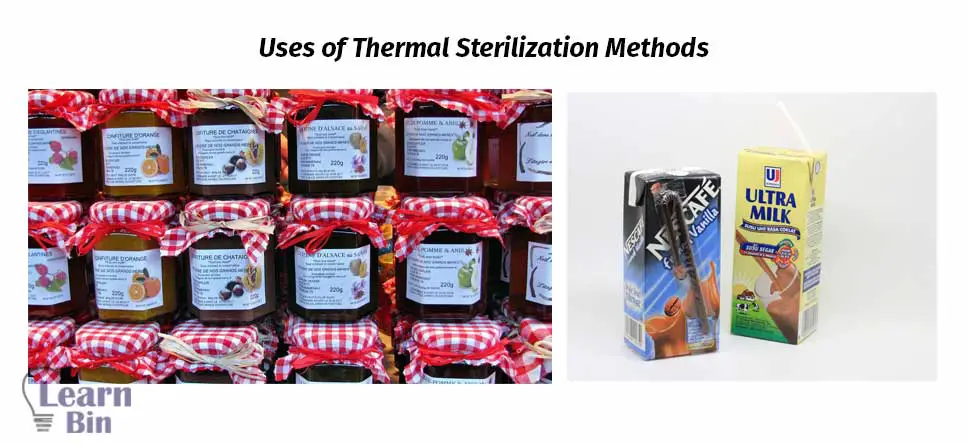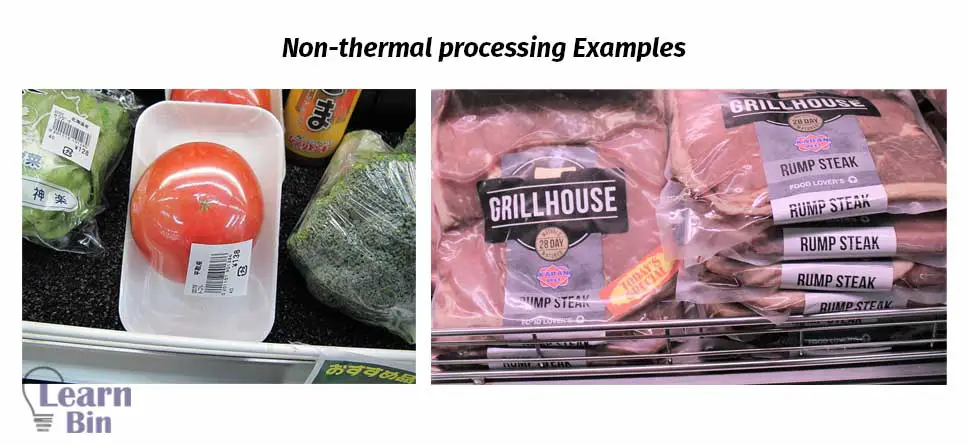More results...


Foods undergo several processing steps from farm to fork. Even fresh foods like fruits and vegetables have to be packaged properly after harvesting. The most important thing is the prevention of quality loss and increasing the shelf-life of the product. Several types of food packages have been designed to keep the quality of the food. But that is not enough. It is better to sterilize both the package and the product to extend the product's shelf-life.
Sterilization is a process that destroys microorganisms, pathogens, and spores in food. Sterilization can be done in two ways as thermal processing and non-thermal processing.
Thermal methods are widely used in the food industry. Here, wet, or dry heat is used to destroy microorganisms. Heat causes to denaturation of macromolecules of microorganisms. The biggest advantage of thermal methods is it is an inexpensive method. However, the heat may cause deterioration or it causes the quality loss of certain foods. Fresh food like fruits and vegetables cannot be sterilized by thermal methods.

Moist heat sterilization is a method that uses hot water vapor as the sterilization agent. The temperature range of the water vapor is between 110 to 130°C. At this temperature, food is sterilized for 20 - 40min. It is sufficient to heat at lower temperatures for shorter times for certain foods such as acidic fruit juices, jam, or desserts. Such foods are normally heated at 80 – 100°C for 10 min.
Hot air without water vapor is used as the sterilization agent. Putting in a hot air oven, incineration, burning, and flaming are dry sterilization methods. This method takes more time than moist heat sterilization. The temperature range for dry sterilization is 160 ℃ - 190 ℃. Normally, foods are sterilized for 2 hours under 160 ℃ and 1 hour under 170℃. It is enough to sterilize foods for 6 to 12 minutes under 190 ℃.
Non-thermal processing techniques do not use heat to sterilize foods. Therefore, no need to increase the temperature to destroy microorganisms. Due to not increased temperature, it doesn’t affect the packaging plastic, additives, and printing solvents. Therefore, there is no general requirement for the packaging material. Non-thermal processing is widely used to sterilize high-fat foods and frozen or refrigerated foods.

Foods are subjected to extreme pressure to inactivate harmful microorganisms. Here hydrostatic pressure is used. Packaged foods are submerged in water and compression pressure is supplied. This compression pressure reaches 100 MPa and that is about 1000 times atmospheric pressure. Ready-to-cook meats, Ready-meals, Fruits, and vegetables can be sterilized by high-pressure processing.
Find out how HPP works by watching this video.
Packaged foods are subject to radiation to kill or neutralize harmful organisms like bacteria. Electron beams, gamma rays, or X-rays are used as the source of radiation. After the foods are packaged in both primary and secondary packaging, the radiation is applied. Packaged foods are passed through a special radiation chamber which is located under the ground by using conveyor belts.
The packaging material should be stable under radiation. Otherwise, packaging polymer will degrade and form radiolysis products and affect to taste, odor, and shelf life of the product. Polymers like HDPE, LDPE, and polystyrene are stable under radiation.
Find out how the irradiation process works by watching this video.
UV sterilization is also a type of irradiation. But this is not done inside a radiation chamber. Simply, foods are passed under UV lamps which emit wavelengths in the UV range. Widely, fruits and vegetables are sterilized by UV radiation.
Find out how the UV sterilization process works by watching this video.

Matrix of Industrial Process Indicators - Sterilization in the food industry
Stanford University - Radiation Sterilization
The cover image was created using Image by Leon Brooks from Pixnio
Figure 01: Contains an image by Werni, from Pixabay
Figure 01: Contains an image by Irhash, from Pxhere
Figure 02: Contains an image by Sgroey, licensed under CC BY-SA 4.0, via Wikimedia Commons
Figure 02: Contains an image by AlbanyColley, from Pixabay